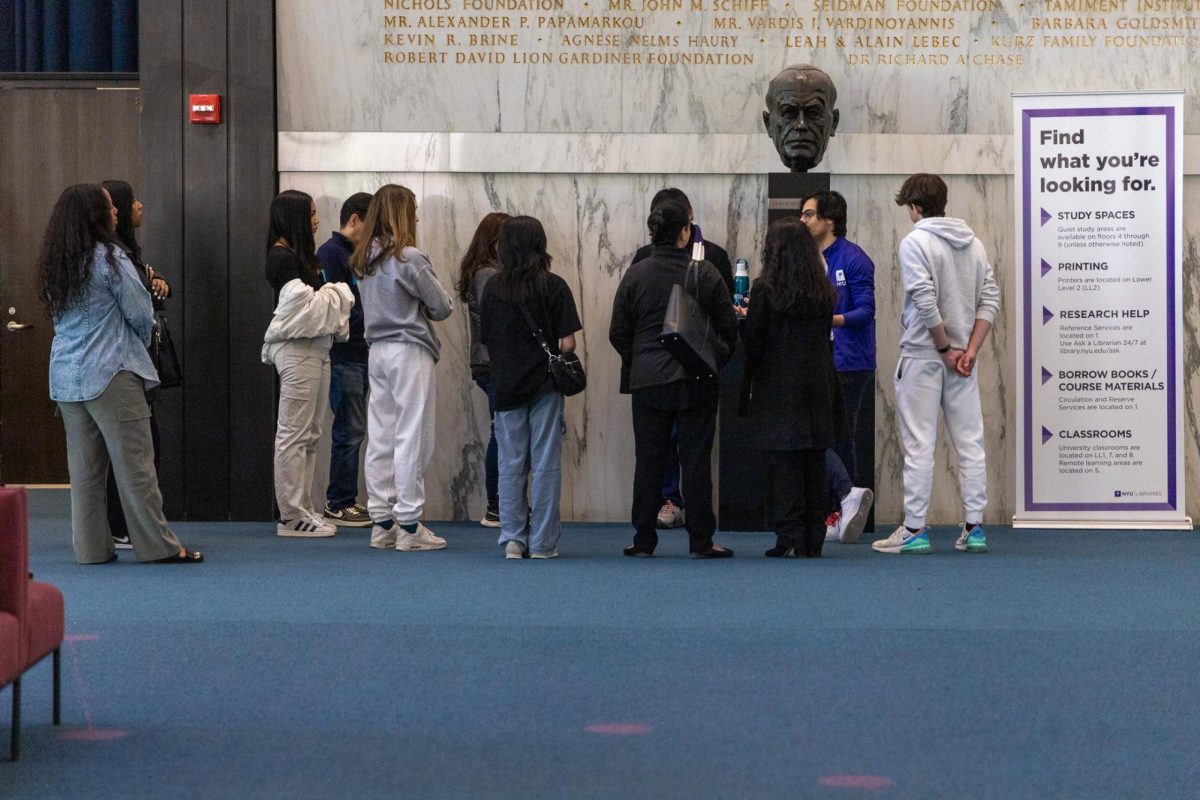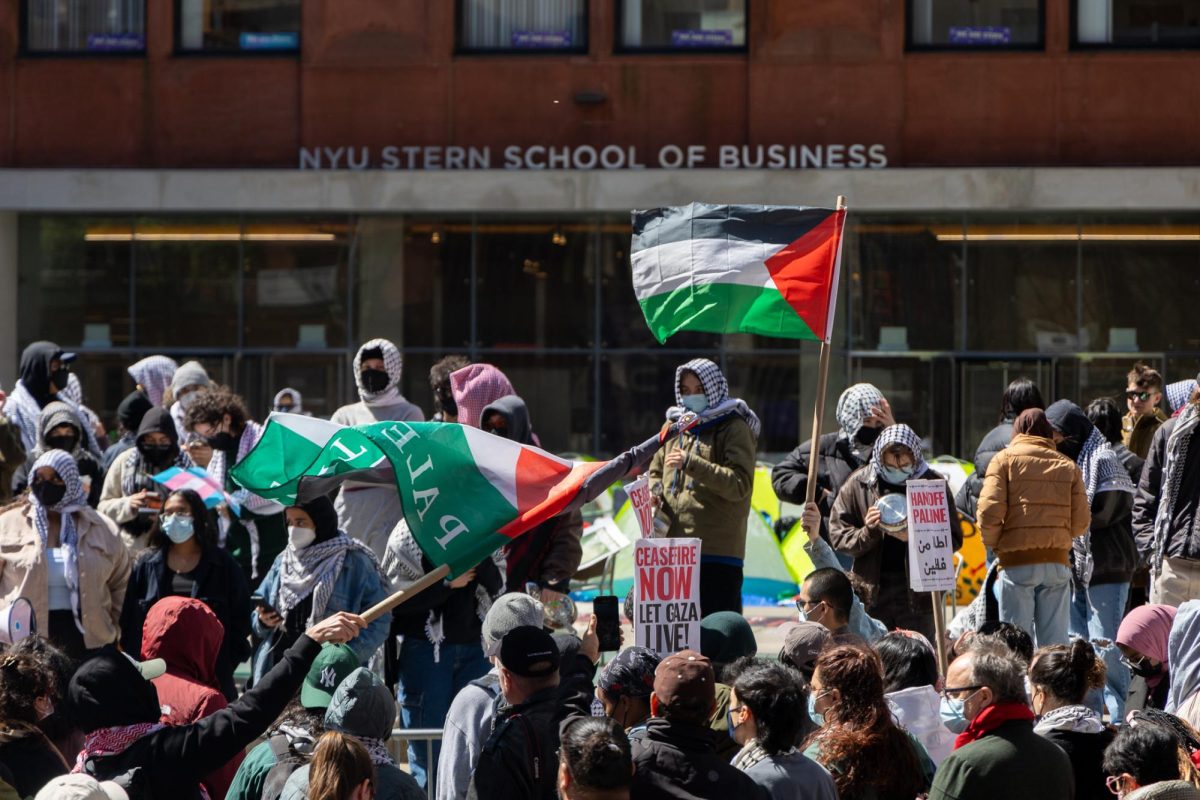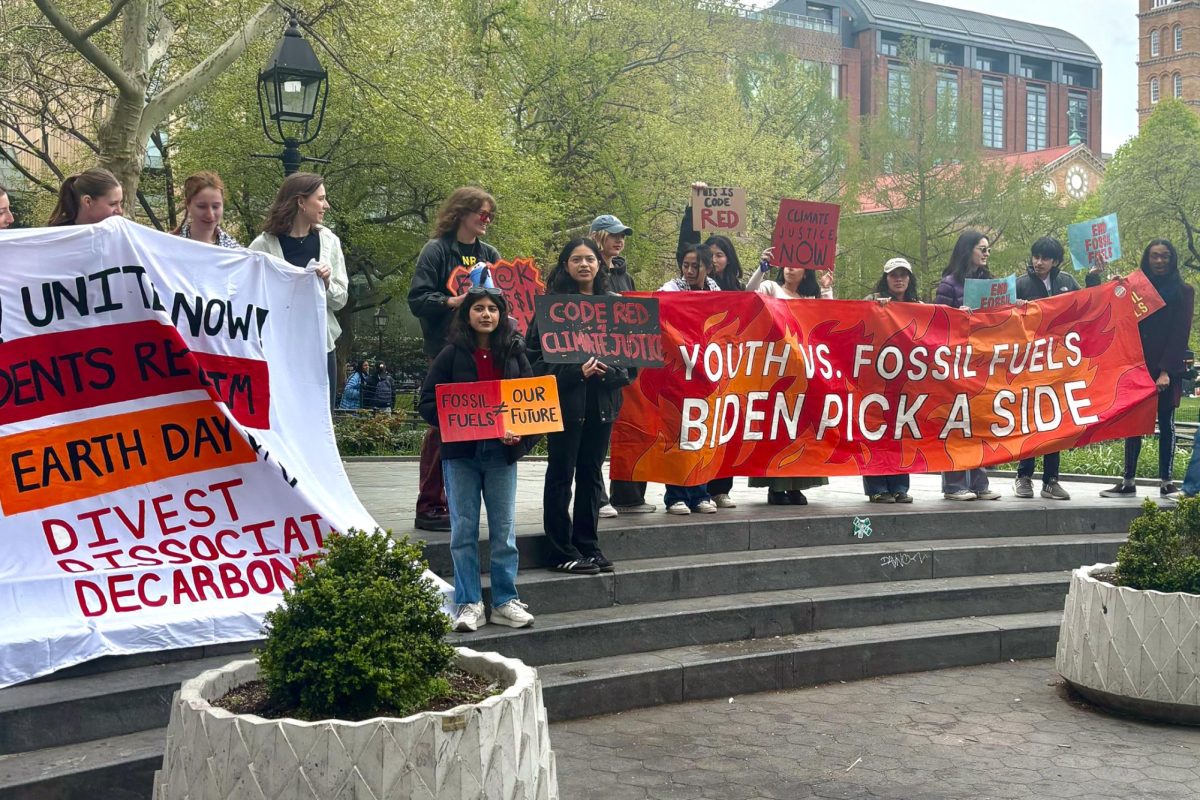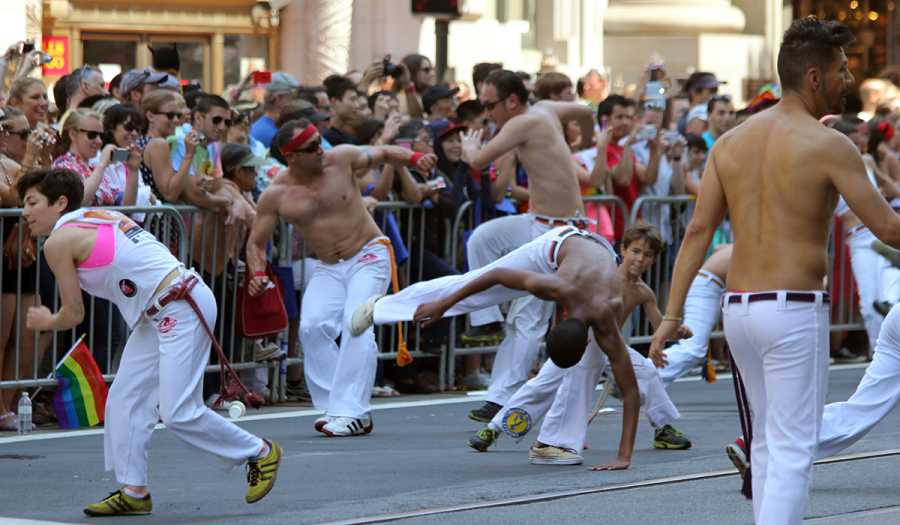Cultural Immersion — and Shock — through Capoeira
September 28, 2014
This article comes from the Global Desk, a collaboration between The Gazelle and WSN. Read more by searching ‘global’ in either website.
We first got exposed to this Brazilian martial art, which includes elements of dance, back in Abu Dhabi, where our teacher, Mestre Caxias, acted as an ambassador of capoeira culture. Little did we know that we would continue capoeira here in Buenos Aires two years later.
Coming to this vibrant city, all students have a common goal: to break out of the NYU bubble and become immersed in the local culture. Some students have done it through volunteering, others have gone out to local bars and some on Tinder dates. Besides having done some of these, we decided to use capoeira as means to meet some porteños, the people of Buenos Aires, get some exercise and practice Spanish. It worked. Soon our contact lists started to grow, our vocabularies expanded and our repertoire of capoeira movements began to include fresh ones.
However, the process of reaching the goals we set for ourselves this semester can be difficult and frustrating. On some days we felt asocial, left out of shared jokes, and unable to master the kicks or dodges that we learnt. Many of the capoeiristas are of a higher rank than us and were more interested in playing with each other, because it is more of an equal playing field for them. On these days, we had to work harder to make ourselves speak and move with the ease in which we do in capoeira classes back in Abu Dhabi. We also had to adapt to some cultural differences between Buenos Aires and Abu Dhabi, visible even in capoeira circles.
It is strange practicing capoeira in a new cultural context, using a different language and within a different social etiquette than what we are used to. It required us to adapt and to some extent leave our comfort zone. Unlike in Abu Dhabi, where we would greet our fellow capoeiristas with handshakes and the occasional hug, in Buenos Aires we are expected to greet each person who enters the room with a kiss on the cheek, regardless of their gender or of our relationship with them. This is also expected at the end of the session: quite a lot of kissing. It was a culture shock for us because it required readjustments to our idea of personal space. Thankfully, we quickly adjusted to these norms; more affection does not harm anyone.
However, this was not the only challenge we encountered. The language barrier proved to be a difficulty even while practicing capoeira, which is predominantly about body expression. The captivating and charming, yet incomprehensible, Argentine accent and slang has really worked our ears out. Following instructions in Spanish and communicating with the person you are playing with was challenging and requires an entirely new vocabulary. The constant, “Is it your turn to kick or mine?” questions often slow down the practice and make the encounter awkward.
Nonetheless, we managed to push past them because we understood that our bodies can participate in the conversation as effectively as our words can.
This language barrier has also impeded the expression of our personalities. We have not yet reached a level of proficiency that allows us to crack jokes, engage in interesting conversations and express views on important issues to us such as politics or sexuality. These impediments have not been crippling, but inspiring, and each small development has been encouraging.
By tripping through conversations, asking people to repeat themselves several times and embarrassing ourselves with incorrect conjugations, we are closer to exposing our genuine selves. We are also in the process of expanding what this initially consisted of. Kick by kick we are becoming increasingly proficient in this new language and a new way of doing capoeira, an activity that is so dear to us.
Email Djordje Modrakovic and Anishka Arseculeratne at [email protected].














































































































































